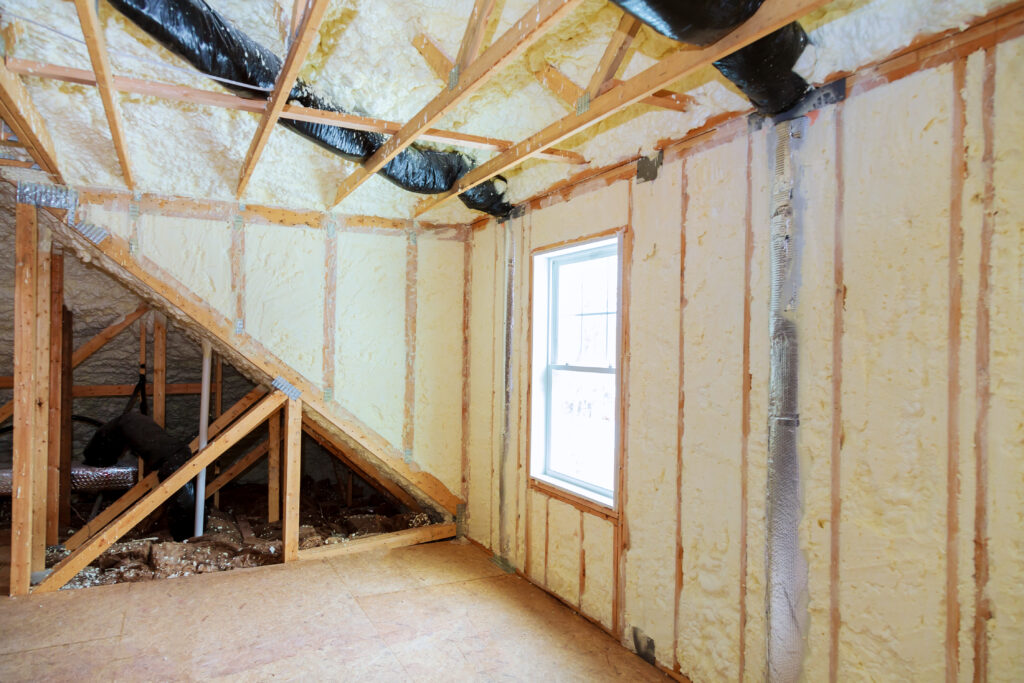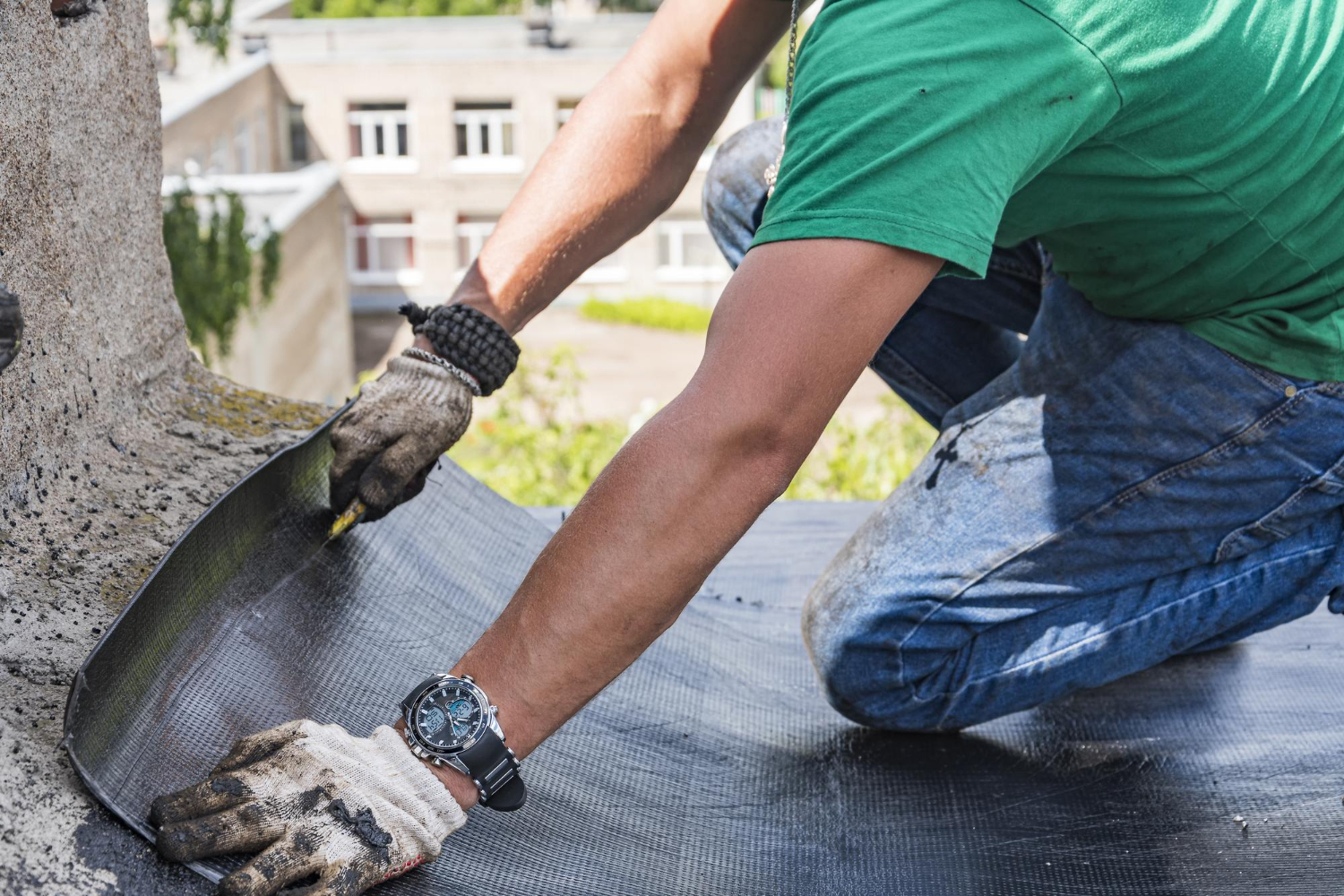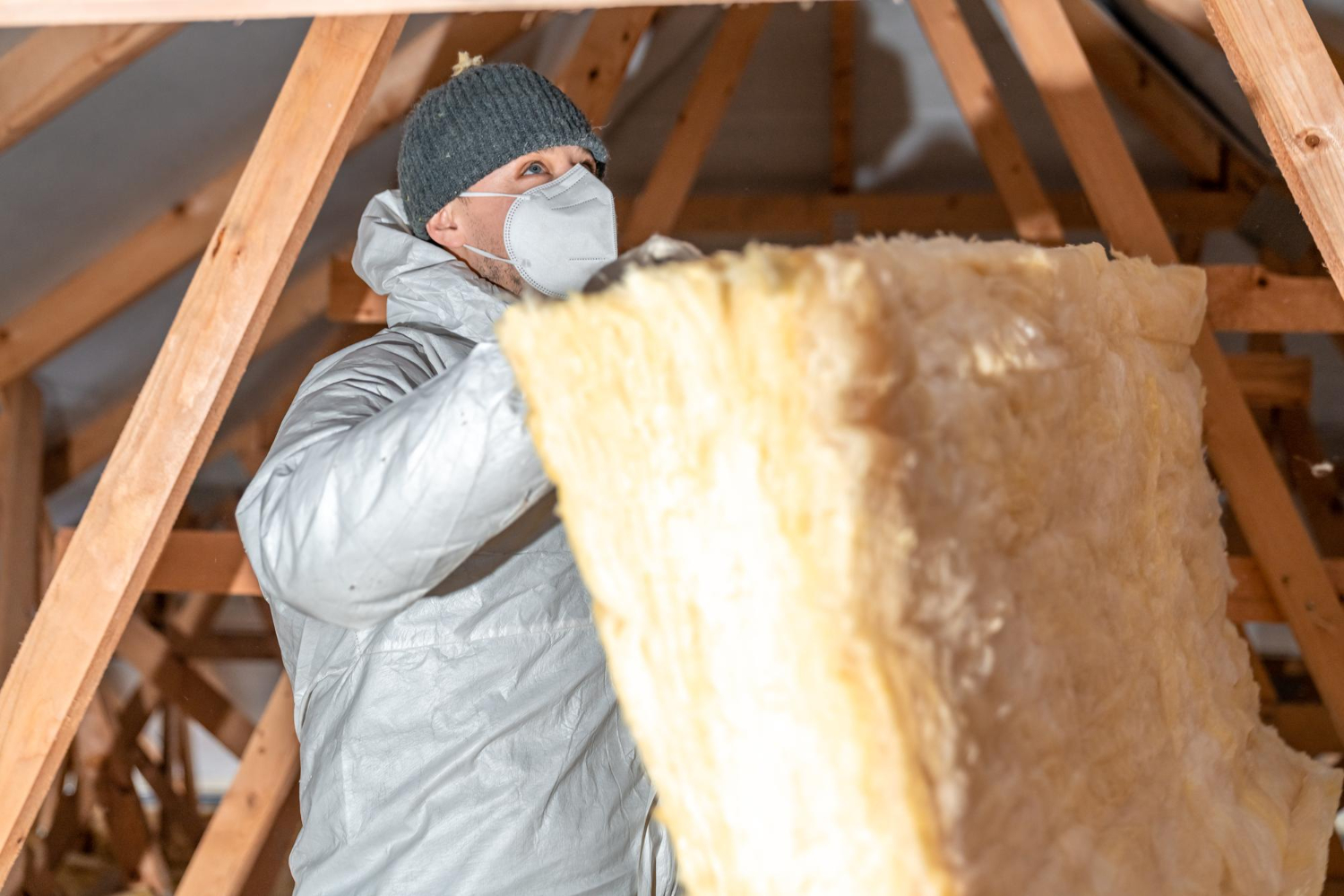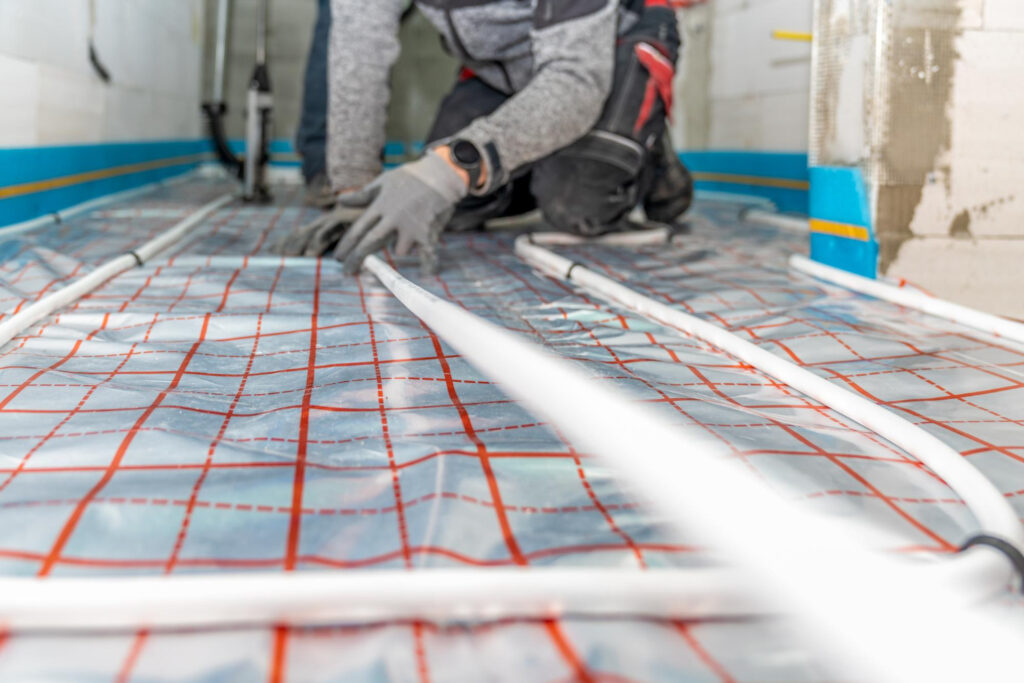Loft Insulation
Did you know that up to 25% of your home's heat can escape through the roof? With energy prices on the rise, loft insulation is one of the smartest upgrades you can make. Through Envirofit’s supported government-backed grants, you could get loft insulation installed completely free of charge. It helps cut down your heating bills, reduces carbon emissions, and keeps your home warm year-round.

What is Loft Insulation?
Loft insulation is a vital upgrade that helps keep your home comfortable year-round. By placing insulating materials like fiberglass, mineral wool, or foam in your attic, it prevents heat from escaping through the roof, reducing the need for extra heating in winter and cooling in summer. Whether installed between the joists or within the rafters, loft insulation acts as a protective barrier, keeping warm air inside and improving energy efficiency. This simple yet effective solution ensures that your home stays cosy, reduces energy consumption, and saves you money on your bills. With the right insulation, you can enjoy enhanced comfort and a lower carbon footprint.
How does loft insulation work?
Types of Loft Insulation

Blanket Insulation
Loft roll insulation, like Earth Wool by Knauf, is cost-effective and great for insulating between joists, reducing heat loss and energy costs.

Loose-Fill Insulation
Loose-fill insulation, made from materials like cork or recycled newspaper, fills gaps effectively and is great for hard-to-reach areas, though it can be messy.

Sheet Insulation
Sheet insulation, made from firm boards of synthetic or natural materials, is ideal for insulating the underside of your roof. It’s effective but tends to be more expensive and can also be used for decoration.

Blown-Fibre Insulation
Blown-fibre insulation involves blowing loose materials between joists, ideal for hard-to-reach areas. However, it’s costly, requires professional installation, and may not fully solve draught issues in a loft.
Difference Between Warm and Cold Loft

Cold Lofts
Cold lofts are an affordable and simple insulation option, with materials placed between and on top of the floor joists to prevent heat loss. However, they are prone to temperature fluctuations and condensation.

Warm Lofts
Warm lofts require insulation for both the floor and rafters, helping to regulate the loft's temperature while preventing heat from escaping through the roof.
Benefits of Loft Insulation
- Reduces heat loss by up to 25%.
- Saves you £250-£500 annually on heating bills.
- Improves your home’s energy efficiency and EPC rating.
- It lasts more than 40 years
- It requires minimal maintenance.
How much does loft insulation cost?
Clear the loft: Remove any items that could obstruct the insulation process.
Lag pipes and water tanks: Insulate these to prevent freezing, as the attic will become colder after insulation.
Check electrical wiring: Ensure wires are above the insulation. If unsure, consult an electrician.
Measure and purchase insulation: Ensure enough blanket insulation for a minimum depth of 270mm.
Lay the first layer: Unroll insulation between the joists, using 100mm thick wool for the first layer.
Add a second layer: Lay the second layer perpendicular to the first, using 200mm wool for complete insulation.

How much does Loft Insulation Roll cost?
Loft insulation costs vary, with materials like rolls ranging from £10 to £20 per square metre. Professional installation starts around £250, while DIY costs fall between £150 and £200. These costs are minimal compared to the savings, potentially reducing energy bills by £250 or more. According to the Energy Saving Trust, yearly savings could be around £225. For more complex materials like boards, rock wool, or Knauf, the total cost ranges from £250 to £1,500. Ultimately, the initial cost is quickly offset by long-term savings.
Can I get Free Loft Insulation?
Yes, you may be eligible for free loft insulation through the British Government's ECO4 Scheme, which provides grants to households with low incomes. The scheme helps those who face financial challenges in improving energy efficiency. If you or anyone in your household receives certain government benefits, you may qualify for funding to cover the cost of loft insulation. Click here to check your eligibility for free loft insulation.
ECO4 Scheme
- Free loft insulation for eligible households.
- Benefits: Universal Credit, Pension Credit, Income Support, ESA, JSA, Tax Credits.
- EPC Rating: Homes rated D, E, F, or G.
Great British Insulation Scheme
- Free loft insulation to lower energy costs.
- Low-income or high energy use homes.
- Owners or tenants (with landlord approval).
- Less than 100mm existing insulation.
- No benefits required.
- Tax band A–D (A–E in Scotland/Wales).
- EPC rating below D.
